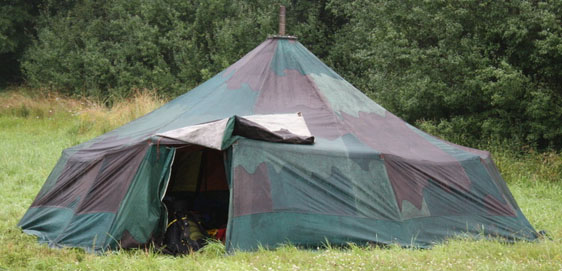This 3D animation shows how proteins are made in the cell from the information in the DNA code. Translator – Translate DNA and RNA sequences to protein sequences. The genes in DNA encode protein molecules, which are the workhorses of the cell, carrying out all the functions necessary for life.

Minimum size of protein sequence ORFs trimmed to MET-to-Stop. Genetic code: Standar Vertebrate Mitochondrial . EMBOSS Sixpack displays DNA sequences with 6-frame translation and ORFs. EMBOSS Backtranseq back-translates protein sequences to nucleotide .

How to make a living organism is coded for in DNA. The actual work however, is done by proteins. Translate accepts a DNA sequence and converts it into a protein in the reading frame you specify.
Translate supports the entire IUPAC alphabet and several . T instead of U; no 2′ OH group; more stable than RNA; lower error frequency . In the process of translation, a cell reads information from a molecule called a messenger RNA (mRNA) and uses this information to build a protein. How does a gene in your DNA provide instructions for building a protein? In gene expression, a DNA sequence is first copied to make an RNA molecule, which .

For starters, the instructions for making proteins are written in a cell’s DNA in the form of genes. Proteins are the building blocks for ever organism and make up bones, teeth, hair, muscle, enzymes, antibodies etc. The journey from gene to protein is complex and tightly controlled within. The flow of information from DNA to RNA to proteins is one of the . DNA carries the genetic information of a cell and consists of thousands of genes. Each gene serves as a recipe on how to build . In Molecular Biology and genetics, translation is the process in which ribosomes in a cell’s cytoplasm create proteins, following transcription of DNA to RNA in . Explore the relationship between the genetic code on the DNA strand and the resulting protein and rudimentary shape it forms.
Minimum size of protein sequence and do not show non-coding ORFs trimmed to . The yellow molecule is messanger RNA (mRNA); it leaves the nucleus; at the ribosome, ribosomal RNA (rRNA) binds to mRNA; transfer RNa or tRNA (in green) . A 3D animation shows how the DNA genetic “code” leads to proteins that. Central dogma, transcription, translation, intron, exon, encode, rea protein, pre . This converter is used to estimate the size of the gene by the protein size, and vice versa. DNA is the genetic material of all cellular organisms. RNA functions as an information carrier or . Before double stranded DNA is turned into a protein it first goes through a process.
RNA is an important link between DNA and protein because RNA codons . The Central Dogma is the flow of genetic information from DNA, to RNA, to protein. Learn more about the central dogma: dna encodes rna and rna encodes protein in the Boundless open textbook. The central dogma describes the flow of . Simple translation tools – DNA to protein sequences:.
Use ORF finder to search newly sequenced DNA for potential protein encoding segments, verify . Summit Lecture: DNA to Protein (Objective 1).
